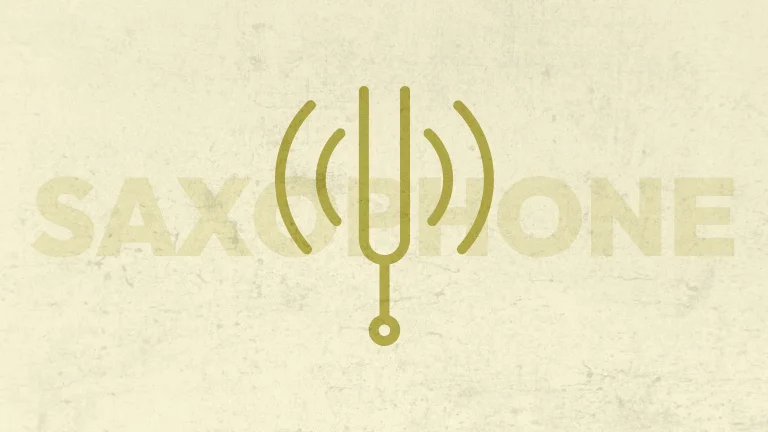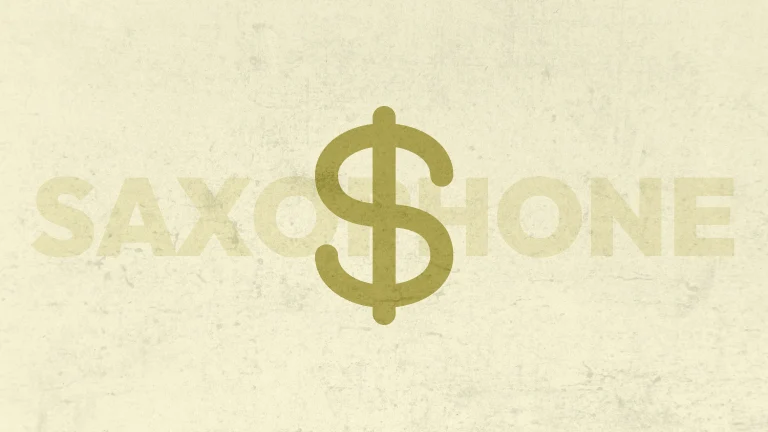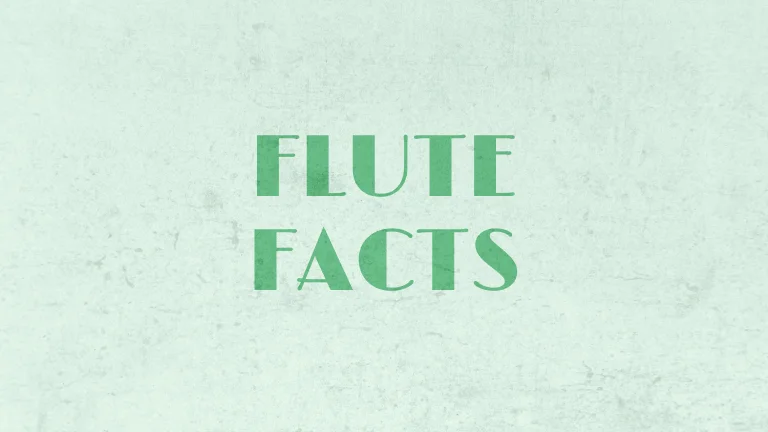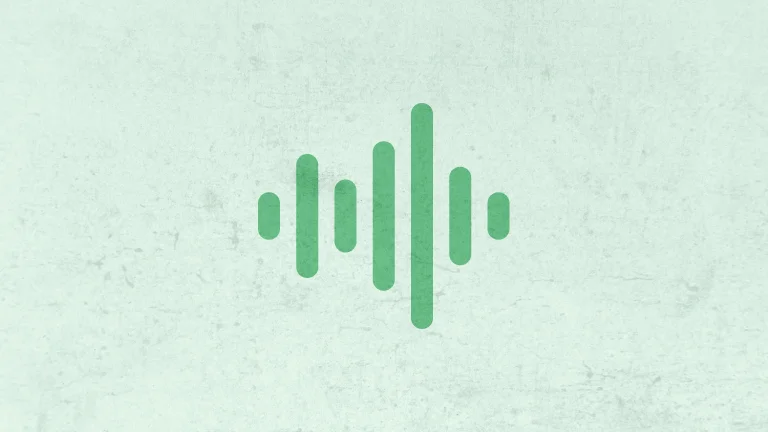In this guide, I would like to share some tips and tricks on how to clean a clarinet and sanitize it.
Having a regular cleaning system for your clarinet will benefit it. Your instrument will sound good and it will last longer.
No matter if you have a student, beginner or the best clarinet. Every clarinet needs to be cleaned regularly.
How To Clean Your Clarinet
Now let’s dive in and let me explain how you should clean and sanitize your clarinet step by step.
1. Swabs And Cleaning Kits
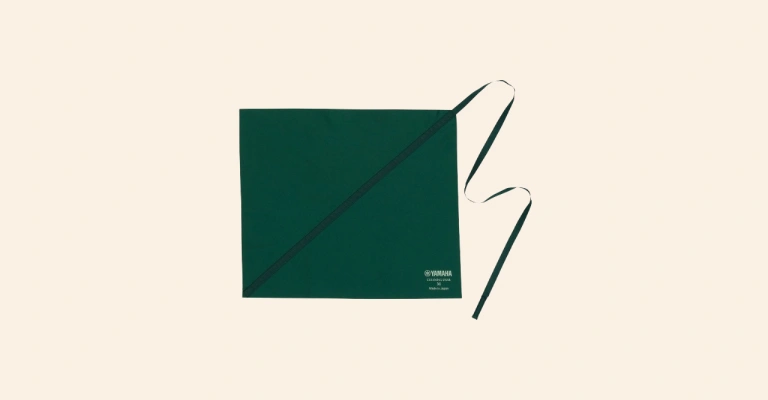
So, what I’ve always said is to make sure that you have a good swab to clean your clarinet. I like microfiber swabs and have two of them and I rotate them for cleaning.
My favorite is from Yamaha because it’s small and goes through the instrument without getting stuck. It’s super soft and very absorbent.
You can buy a good cleaning swab in a music store. Also, you can get a clarinet cleaning kit that will have other cleaning materials.
2. Clean Your Clarinet Mouthpiece
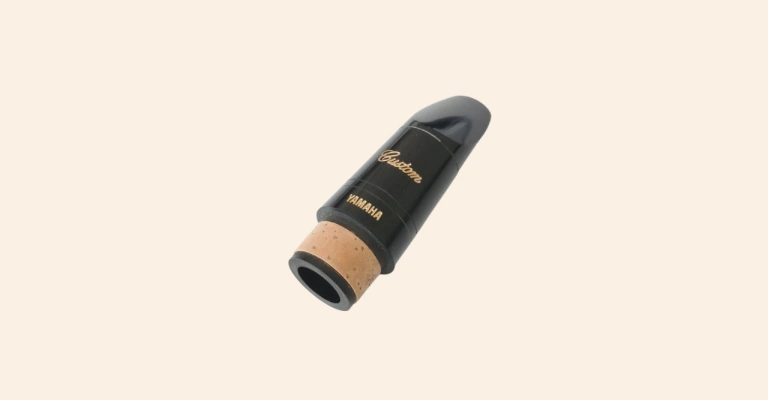
Next, you should start cleaning the clarinet mouthpiece with the swab. I swab the inside of the mouthpiece at the end of the day when I’ve done practicing.
Some people may say that it’s a bad idea, but I’ve never had any issues. You should use good quality materials to avoid problems.
You have the freedom to choose what you want to do. You can listen to your teacher’s advice or you can take my suggestion.
I recommend removing all the moisture from the instrument after you finish playing for the day.
3. Clean Pads And Tone Holes
When moisture gets in small pads and tone holes, it will accumulate germs, bacteria, and mold. I insert small microfiber strips into the clarinet, let them absorb, and then remove them.
I think you know which tone holes get moisture stuck in them more often. But if you are a beginner then it keys like A key, E flat key, and C sharp key.
Make sure to clean tone holes from moisture. Some clarinetists may try to suck it in and then replace it, but I don’t do that. You can experiment with it to see if it’s effective for you.
Pro Tip: Remember to wash your swab regularly and have extras to rotate while one is being cleaned. Don’t wait until it’s too dirty and smells bad.
4. Use Vinegar And Water For The Mouthpiece
When it comes to clarinet mouthpiece cleaning, you have several options. One of them is vinegar and water.
If you choose to use vinegar but the smell is bad, simply fill half of a glass with vinegar and the other half with water. After that, let your mouthpiece soak in it for a little while.
Be careful not to let the mouthpiece fall. When using a glass or cup, handle it gently and avoid tipping the mouthpiece.
An alternative method is to use Hydrogen Peroxide but be careful. Don’t soak your mouthpiece in Hydrogen Peroxide too long because it will bleach your clarinet mouthpiece.
Pro Tip: Don’t soak the clarinet mouthpiece in vinegar and water for too long. Five minutes is enough. You will avoid the bleaching of the mouthpiece.
5. Clean The Reeds
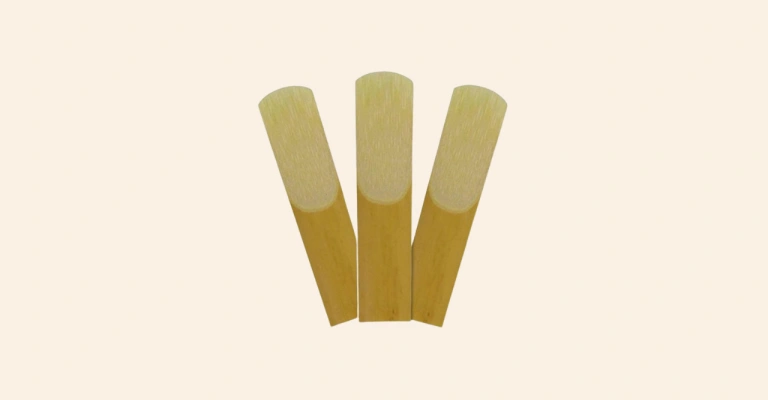
Next in the list are clarinet reeds and the process is very similar to mouthpiece cleaning. I prefer using 3% Hydrogen Peroxide to spray on the reeds, letting them soak. After that, rinse off the reeds and you’re all set.
This can stop mold from growing. It can also eliminate mold on your reeds. I would put the reed away if it gets moldy, but this method will get rid of it.
It’s a gentle type of bleach used in bathrooms to remove mold. It has a mild scent and is non-toxic. It’s commonly used in medical facilities to sanitize items, making it a safe option to use.
If you use a case for your reeds, then you should clean them too with either method.
Additional Tips For Cleaning Your Clarinet
Here are some tips to remember when cleaning your clarinet. Everything will help you to maintain your instrument.
- Disassemble Completely: When cleaning your clarinet, disassemble it completely. Remove the mouthpiece, barrel, upper joint, lower joint, and bell. Cleaning each part separately ensures the thorough removal of moisture, dirt, and residue.
- Avoid Rods: Don’t use fuzzy rods with fabric sticking out and leave them in your instrument. This creates a perfect environment for bacteria to grow. Soaking up moisture and leaving it in your instrument is the worst thing you can do.
- Separate Mouthpiece And Reeds: Make sure you take your reeds off of your mouthpiece when you’re done playing it. If you don’t do that, it will keep the moisture in the mouthpiece.
- Maintain Pads And Corks: Regularly inspect the pads and corks for signs of wear, damage, or deterioration. Replace any damaged pads or corks to maintain proper seal and functionality. Proper maintenance of these components ensures airtightness and optimal sound quality.
Conclusion
Here are a few simple things I do to keep my clarinet clean and stay healthy. This will make your instrument last longer and have a good sound. Regular cleaning is not specific only to the clarinet but to every woodwind instrument.
